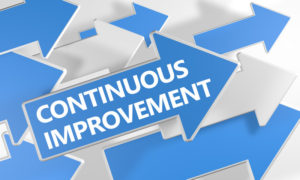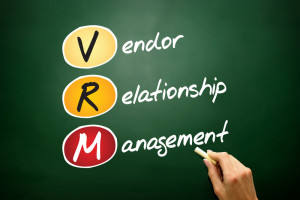It’s the new year and time for top 10 lists and countdowns so I’m adding mine to the mix. These are my most read blog posts in 2019. If you missed any of them first time around now is your chance to check them out.
them out.
I am a practitioner and always willing to share experiences pulling lessons from everything that I do. I continue to cover a range of topics from leadership to women and work to technology and healthcare. It looks like my readers appreciate the variety. Here are the top 10 as measured by total views:
A passion for health care – a classic one from previous years about why we do what we do
6 tips for successful huddle boards – another classic from previous years that doesn’t go out of style
“We’re at meeting norms” – this one is about best practices I learned from my IT colleagues during my interim CTO engagement at University of Vermont Health Network (UVMHN) this past year.
10 best practices for project success – another one from my experience at UVMHN as we approached the November Epic Go Live.
Where do new ideas come from? – another back to the classics from a previous year.
Develop women leaders, transform leadership – at StarBridge Advisors, we launched a new service early in 2019 call C-Change focused on developing women leaders in health IT. Continue reading








